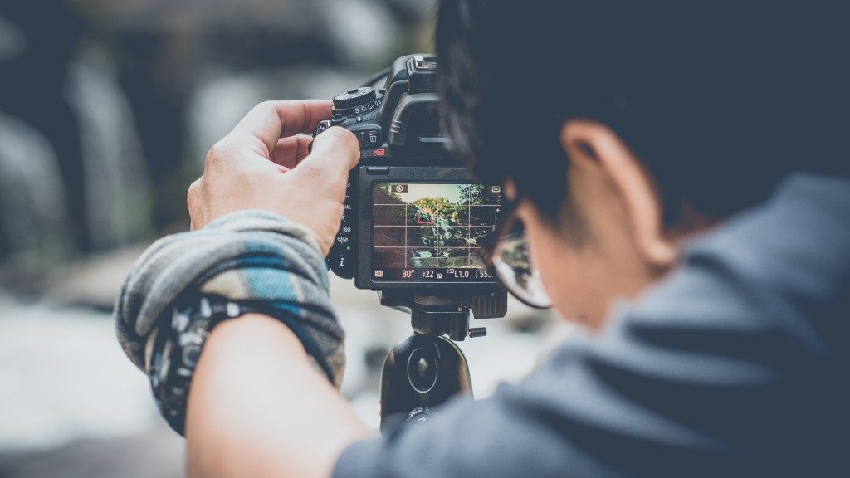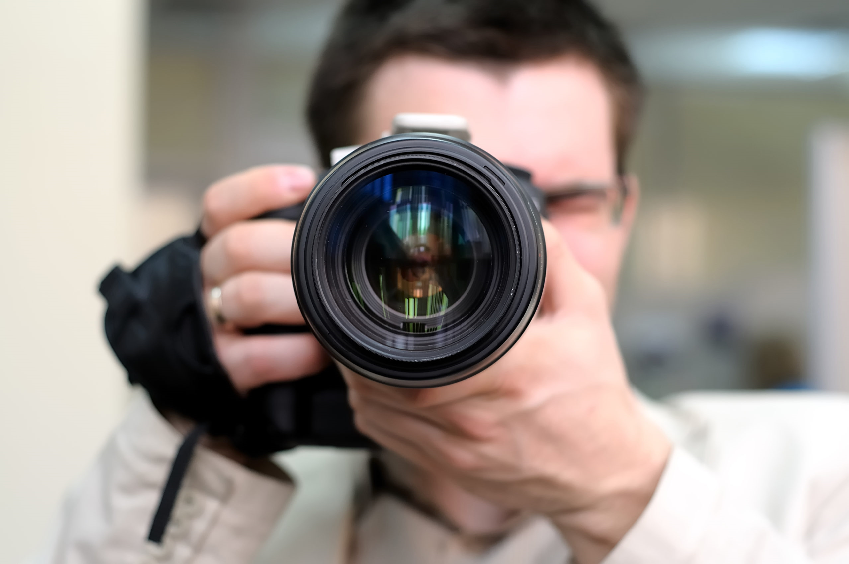Let’s talk resolutions. Not necessarily photo resolutions, but New Year’s resolutions that will get you down the road to creating your best photos this year. It doesn’t matter if he is a beginner or a senior photographer with a DSLR camera. These top 7 photo tips are timeless, tried, true, and range from aim to focus and perspective to the pan.

Get Closer
Get in close and fill the frame with your subject without much thought.
Does what is in the background really complement the photo? In some cases, what’s behind or to the side of your main subject can help tell the story (a location on a trip, spending time with a group of friends), but when it doesn’t help, remove it. Take a step closer or use the zoom lens. Focus on the details, expressions, and textures that make your subject specialist.
What Is Hiding Behind
Distracting lines, lots of obstructions, reflections, objects sticking out of your subject’s head – any of these things can turn a great photo into a not-so-great one, or one that may need retouching. Before you press the shutter, look at all areas of the frame. See something you don’t want to see? Reposition yourself, or reposition the subject, until you get a better frame.
Try the following sometime: If you normally frame your subject looking through the viewfinder, consider a quick check by checking Live View. A quick view on this larger screen shows you exactly how your photo will look once you press the shutter button. Sometimes just moving your eye away from the camera to view the LCD screen can give you a fresher, more objective look.
Focus, Lock, Then Recompose
All Nikon cameras allow you to lock focus on a subject. To use this feature, frame your image, focus on your subject, and then press the shutter release halfway and hold it there. You can now recompose your image (reposition your camera) to create a more interesting composition while keeping the focus on your subject (if the subject hasn’t moved).
One, Two And The Rule Of Thirds
Do a little test: choose a stationary subject against a clean background. As you look through the viewfinder, mentally divide your framed scene into three or take advantage of the camera’s horizontal and vertical grid lines. Take your first photo by setting your subject steady and centered.
Next, move the camera a bit to position your subject at the intersection of the lines in the upper left corner, and then take the photo. For a third shot, move the camera to position your subject in the bottom right section of the frame where the lines meet.
Now, look at each image on the LCD screen. What does each image provoke in you? As a general rule of thumb, dividing your scene into three and then placing a subject at the intersection of the points will create a more pleasing image. A photo in which the subject is fixed and centered in the frame is very uninteresting.
Select your subject, use your camera’s focus lock, and then reframe by moving the camera to reposition your subject at the intersection of the points.
A Stable Girl
It seems obvious, but it’s worth mentioning that holding the camera properly helps ensure sharper images because it can minimize camera shake. If your camera has a separate lens from the body, use your left hand to support the lens from below. Next, firmly grasp the camera body with your right hand and place your index finger on the shutter release button. For point-and-shoot cameras, make sure you have a firm grip. Use the wrist strap as an additional security element against dropping the camera.
Use Nikon’s Vibration Reduction (VR) image stabilization system for sharper images. Make sure your computer has this option enabled. Stand tall, keep your elbows at your sides (if possible), breathe easy, and click.
Look Me In The Eyes
Unless you’re looking to repeat the story of David and Goliath with your photos, consider shooting the
To photograph children at their level, use the camera’s multi-angle LCD screen or get down to their level.
Things on a lower level. Small subjects? Observe subjects at eye level with them.
Not only will the image have a nicer and more realistic balance of the whole body, but also the smiles will appear bigger and you will be able to control the background better.
To photograph children at their level, use the camera’s multi-angle LCD screen or get down to their level. Another benefit of shooting on another level is that it’s easier to spot and correct low light or shadows when they’re within the frame.
Peter Knows About Panoramics
Have you ever tried taking a panorama? This is a simple effect that adds drama and movement to the still image. It works best when you’re shooting motion that will pass in front of the camera, such as a horse race or merry-go-round.
Set the camera to Shutter Priority (S) mode, then choose a slow shutter speed such as 1/15 second. Then, while holding down the shutter release, follow your subject by moving the camera in the same direction. Experiment with different shutter speeds to modify the effect. It may take a few tries to select a favorable appearance.
You may also be interested in Exercise tips for beginners after 50 years


